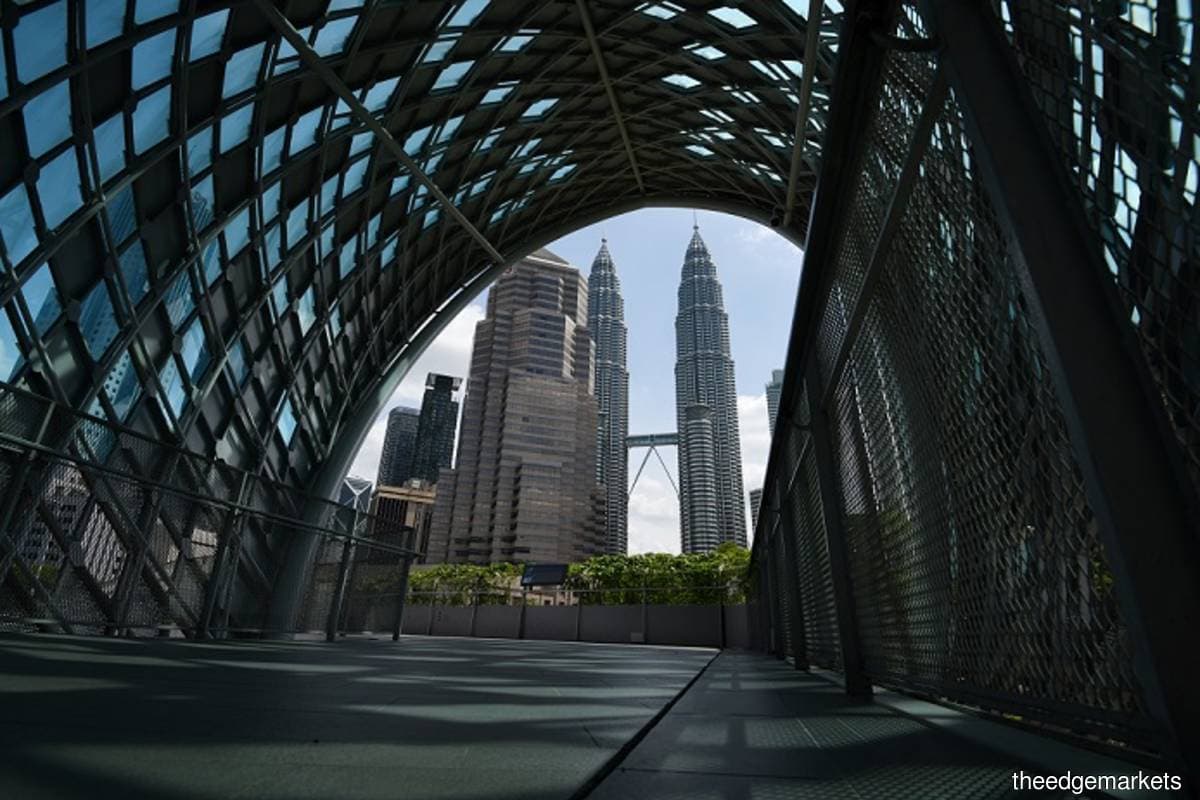
PETALING JAYA (Sept 28): "We need to shift our thinking beyond green buildings, as we started building them 10 years ago," said Hijjas Architects and Planners creative director Serina Hijjas at the 12th International Conference on World Class Sustainable Cities (WCSC 2021). The two-day event, which takes place on Sept 27 and 28, focuses on topics related to low carbon society.
Hijjas said we need to move faster to transition to a new norm, where a minimum of 50% reduction of energy and waste is normal. “Why I say this is because the Telekom Tower at 45-storeys was built more than 10 years ago and there already was 50% reduction of energy…we were already talking about the heat island effect, temperature, shading and how much the environment would affect our space.
“So we haven’t moved enough beyond that, and that move needs to consider the increase of ecology and biodiversity at the very least to reduce the incoming impact that is already here,” she said when presenting “High Density Green Buildings — Is this the Solution for Urban Areas?”.
Hijjas is also chairman of the Green Building Index Accreditation Panel and vice president of Malaysia Green Building Council.
“The reason that we haven’t moved fast enough is that it's not mandated. It really should be mandatory at this point, after 10 years. If it's not mandatory, it's almost like not recognising that you're going to run out of fuel for your cars. So I think we would get a bigger adoption if it was mandatory, which it is in Singapore. It's not the flooding that is affecting most of us, it's actually the heat island,” she added.
Hijjas also talked about densification, which is related to temperature rise. “We have already reached a 1.5 degrees Celsius change in temperature in urban areas…and we can map out the temperature difference of towers and buildings without greenery by at least five degrees Celsius. As we get denser, we also get warmer and we lack the urban greenery in ecology.”
She added that Malaysia has a smaller ecological footprint than Singapore by half, with Kuala Lumpur having only about 9.5% of green spaces in totality in the city compared to Singapore at 46.5%, Melbourne at 17.8% and Hong Kong at 39.2%.
According to Hijjas, density affects affordable housing the most. “The affordable housing typology hasn’t really changed since the 1970s. Affordable housing and the issue of densification is a very big issue that no matter how much green building you do, it’s not enough.”
In Penang, affordable housing rose from 78 units per acre at 14 storeys high, to 223 units per acre at 49 storeys over the years. “This is incredibly high for affordable housing. I don’t think this is really a liveable solution.”
Based on Hijjas’ study, she found that it is important for affordable housing to be closer to the ground, with vertical neighbourhood pockets and community and nature-based spaces like markets integrated with bike, not car, parking.
“Basically, to arrive at a comfortable density at a comfortable height with a greener plot ratio that allows for future proofing. We also looked at integrating urban farming, which I think is important for affordable housing and integrating some renewable energy, rainwater harvesting, social neighbourhoods and pockets.”
She also proposed an upside-down pyramid structure to create a bigger umbrella canopy roof, which allows for urban farming and solar panels on top, so streets, marketplaces and internal courtyards below are shaded.
To Hijjas, the approach has to be about creating cooler buildings and cooler environments, which is beyond green buildings. “Cooler buildings mean more passive design. Energy-efficient building façade and water efficiency and harvesting should be the norm now.”
In terms of the indoor environmental quality, Hijjas said to look at greener construction materials. “We should be looking at how we build, what we build and rethinking about adaptive reuse for all the empty buildings. This is the only way we can actually reduce embodied energy.”
Embodied energy, she said, is an important element to consider. “The embodied energy to build a 1,790 sq m house will be approximately 1,291 tonnes of CO2(e), while the operational energy may be looking at about 61 tonnes of CO2(e). This shows that embodied energy and how we construct our building takes the bulk of it…and that’s just a house, not a high-rise or shopping centre, and the amount of trees that we need to sequester just to bring that down to zero is about 26,000 trees.”
There’s no way we’re going to change climate, says Hijjas. “But we can change the way we make and live in our building. In 1987, we banned CFCs and fluorocarbons and yet, it will take more than 40- to 60 years for that ozone layer to recover. So we really need to change drastically (as to) how we build and I hope that everybody will reconsider, including developers,” she concluded.
